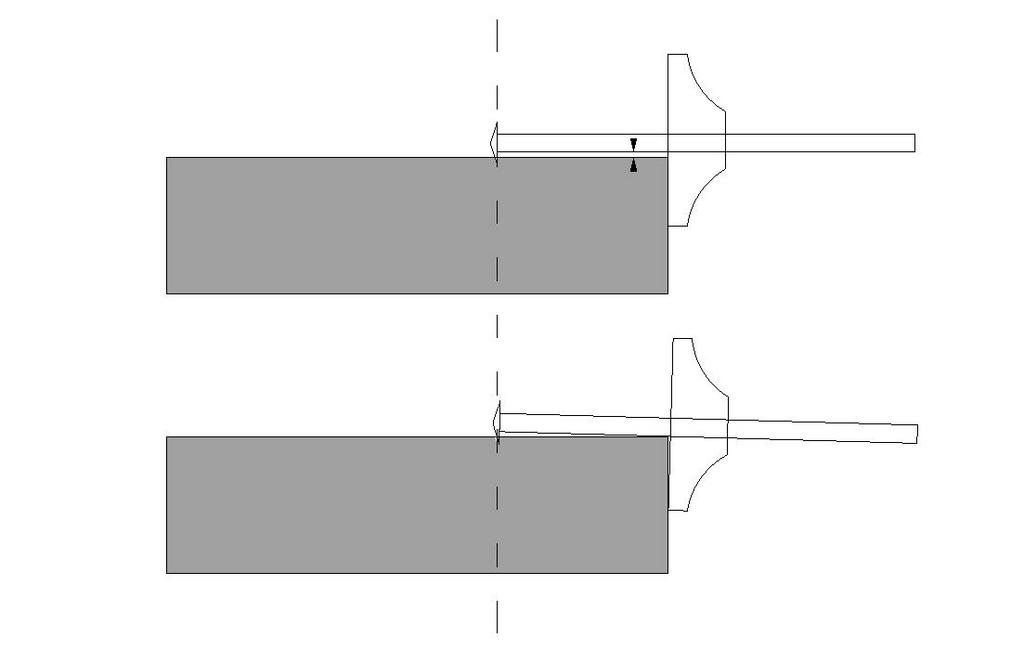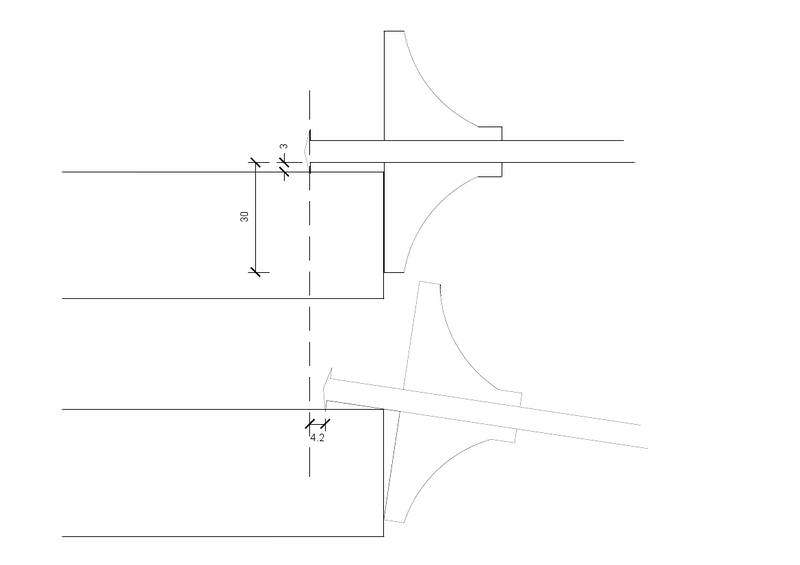Phil Pascoe
Established Member
You could say that about any gauge, surely? The geometry isn't any different?

There is (clearly) an error. Have you estimated the size of the error?MikeG.":1ncdpjm2 said:I've said it before, I'll say it again: wheeled gauges are inherently inaccurate unless the wheel is so small that its entire depth is buried into the timber.

In other gauges, it's normal to roll the stem so the cutter only just touches. If (as you imply) the cutter just stuck out vertically, yes, you'd get the same problem.phil.p":9zx3zj0y said:You could say that about any gauge, surely? The geometry isn't any different?
phil.p":2uo8a7zb said:You could say that about any gauge, surely? The geometry isn't any different?
bugbear":2d6annq5 said:There is (clearly) an error. Have you estimated the size of the error?MikeG.":2d6annq5 said:I've said it before, I'll say it again: wheeled gauges are inherently inaccurate unless the wheel is so small that its entire depth is buried into the timber.

BugBear





MikeG.":t8sqku3f said:My wheel is at least 3mm bigger in radius than the shaft. Radius. The other critical measurement is the radius of the fence, because it is that which determines how far the shaft has to go before it is touching the face of the timber. I have just drawn that scenario you describe, Pete, but with a 3mm gap at the wheel and a 60 diameter fence, and the error is 4.2mm. Four mm over 20!!

ColeyS1":1fmaqx9q said:I thought the whole point in marking gauges is to keep it pushed in tight to the wood.....
Geordie Joe":3hm7dncv said:.......as long as you keep the intersection of the shaft and the face on the corner of the wood.......l.
Geordie Joe":28mjhzto said:......In my experience, as long as you keep the intersection of the shaft and the face on the corner of the wood then slight angle of the shaft is offset by the slight angle of the wheel.
There is a way of making it work well every time with wood which is likely to deflect that cutting wheel and that is to use it as a two handed tool. I caught myself doing it instinctively this afternoon while doing a fairly critical marking for thickness. I clamped the wood in the vice, had my right hand in the normal position and the left steadying it. It works a treat. I always do that with e.g. pine where the grain really does grab at the cutting wheel and of course with such wood the first cut has to be very light in any event.MikeG.":22ptalyz said:That's the point, Pete. There is no reference, as there is with a pin gauge. You have to hold it roughly horizontal by eye. So when an errant bit of grain gets hold of the wheel, you've got nothing to resist it. Fine, it doesn't happen across grain, but it happens all the time along the grain.